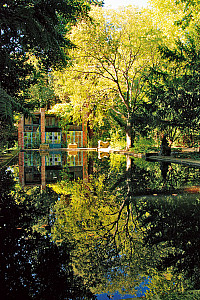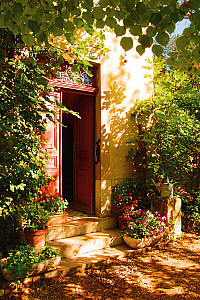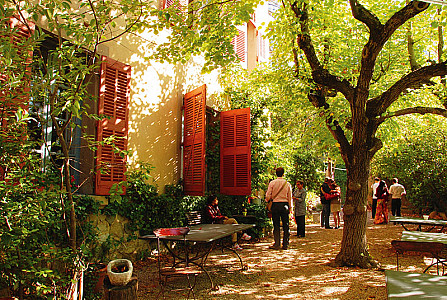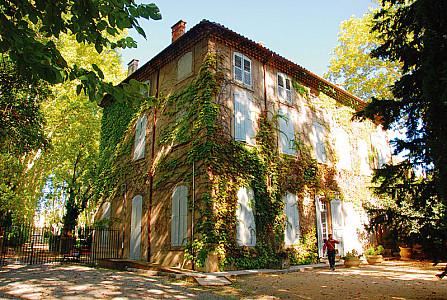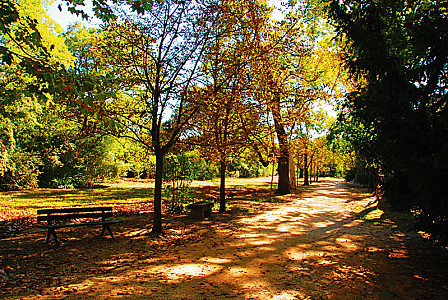Trailing Cézanne
Houses tell you so much about the people who live in them. The walls, the furniture, everything holds secrets from their lives. Speaking to those who will listen, of their aesthetic tastes, their status in society, their aspirations and achievements.
Visiting a home that is lived in is a story full of overtones and undertones. But a house once lived in, and now a space meant for show, like a walk-through view into the life of its famous inhabitant, is quite a different experience. Here one sees what someone, a trustee, or a member from the town council, decided was the best thing to put on view; was the best way to portray to the curious, how the town’s illustrious luminiary once lived.
Artists’ homes are even more eloquent statements of how their inhabitants lived and the art they created. Paul Cézanne’s home at Aix-en-Provence is one such, well known to lovers of his art through his work, even if they have never been to this town.
You can miss Cézanne’s family home if you try to discover Aix on your own, but talk to any of the town’s inhabitants and the home and his studio will drift into focus, and you will find yourself joining the list of those who have walked the long drive lined with chestnut trees that stood even in the artist’s time, and can be seen in most of the paintings of his house and the surroundings.
Walking through the garden, especially armed with a ‘map’ that shows the views he painted that are still almost identical today, can be a very imaginative journey. The real and imaginary merge in the mind’s eye and the process of transforming reality into an art form that the artist evolved and perfected despite public derision runs through the mind like a spool of melting images. Here is the garden which he has painted from almost every angle, there, the square lines of the red house stand transformed in a series of slanting lines that add drama and perspective.
Beyond the house, bought by his father in 1869, when Cézanne was 20 and which belonged to the family till he turned 60, are the sheds where the workers who toiled in the fields lived. The site where his famous card player series was situated. Today, as they have been sold to a private owner, you may not peep in to imagine the artist there, bent over his easel.
But you can enter one single room of the old house that in coming years promises to be rejuvenated enough to welcome visitors.
The single room open to the public is drab, empty. Once the drawing room of the family, it is now discoloured. You are beginning to wonder why you have been allowed to walk into a room of such obvious disinterest, when the magic begins.
A sound and light show flashes the paintings on the walls. Deprived of art material by a discouraging father, the artist once used these very walls as a canvas. Within moments the room is transformed, as lines grow into images and fill magically with brushstrokes of brilliant colour. The 15-minute presentation, which you can catch in English or French, is enough to convert the most stubborn critic into a lover of Cézanne’s art. Wisely, the art that was left on the walls, as the artist moved to the higher floor to a studio built for him, was peeled off, mounted and sold, where it is well preserved, far from time’s cruel breath.
Imagination can do the rest, taking you into the now shut recesses of the attic where hundreds of canvases, the work of serious inspiration and the result of labourious toil lay languishing, as the world laughed at an artist born ahead of his time. Among them too, portraits, and the many interpretations of Mont Sainte Victorie, which stands sentinel over the town.
Related posts from Verve:
Verve Trending
Sorry. No data so far.
us on Facebook to stay updated with the latest trends

